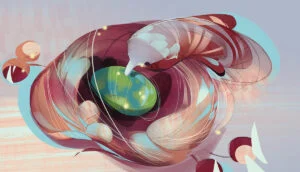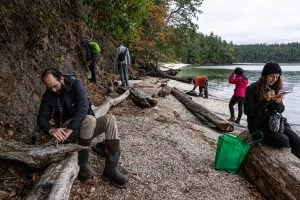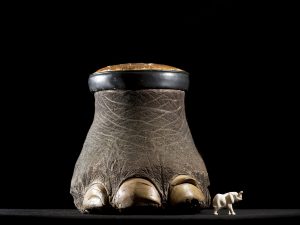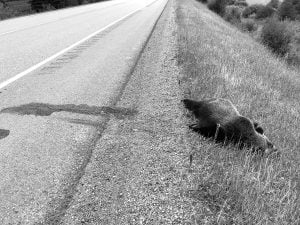
Environment
The sixth extinction
The planet is in the midst of drastic biodiversity loss that some experts think may be the next great species die-off. How did we get here and what can be done about it?
- 4895 words
- 20 minutes
This article is over 5 years old and may contain outdated information.
Wildlife

The southern side of Gatineau Park’s 270-metre-high Eardley Escarpment features what was once the most popular stretch of outdoor climbing rock in the National Capital Region. Unfortunately for climbers, however, the fact that the rock wall faces south means it hosts a unique microclimate (similar to the hot, dry conditions found in the forests of the American Midwest), which attracts more than 50 per cent of the park’s 153 at-risk species. In 2010, the National Capital Commission cut climbing areas by more than 80 per cent in an effort to protect these species from the hands, feet and gear of well-meaning climbers. Although it’s too early to tell if the former climbing sites have fully recovered, here’s a look at some of the species that park management hopes will survive and flourish.





Are you passionate about Canadian geography?
You can support Canadian Geographic in 3 ways:

Environment
The planet is in the midst of drastic biodiversity loss that some experts think may be the next great species die-off. How did we get here and what can be done about it?

People & Culture
Naming leads to knowing, which leads to understanding. Residents of a small British Columbia island take to the forests and beaches to connect with their nonhuman neighbours

Wildlife
An estimated annual $175-billion business, the illegal trade in wildlife is the world’s fourth-largest criminal enterprise. It stands to radically alter the animal kingdom.

Wildlife
This past summer an ambitious wildlife under/overpass system broke ground in B.C. on a deadly stretch of highway just west of the Alberta border. Here’s how it happened.